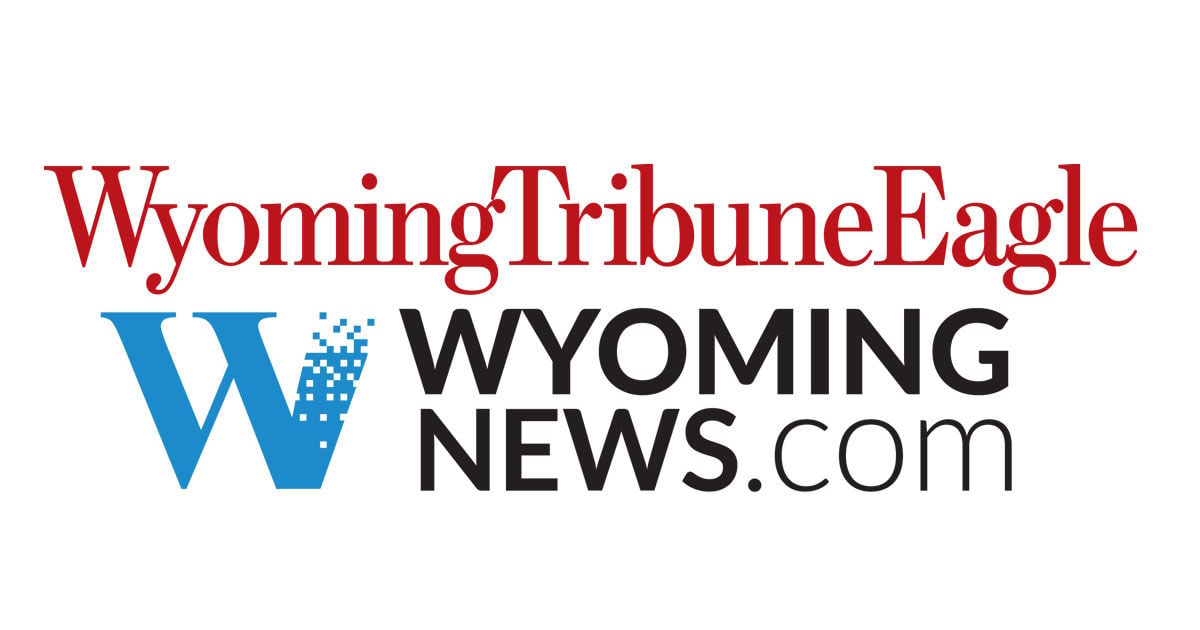Wyoming’s Low Income Energy Assistance Program (LIEAP) has paused accepting new applications for the 2025-26 heating season due to the federal government shutdown. Officials at the Wyoming Department of Family Services say this interruption will affect residents relying on the program to offset winter poverty risks.
LIEAP applications paused due to federal government shutdown

Key Takeaways:
- LIEAP has halted new applications because of the federal shutdown
- The Wyoming Department of Family Services oversees LIEAP
- The pause impacts the 2025-26 heating season
- Federal funds power this vital assistance for low-income Wyoming residents
- Local families may face greater financial strain until the shutdown ends
Why LIEAP Matters
The Wyoming Low Income Energy Assistance Program (LIEAP) provides crucial support to residents who struggle to meet heating costs during the harsh Wyoming winters. By offering aid for heating bills, it helps low-income families maintain safe and comfortable living conditions when temperatures drop.
The Federal Shutdown’s Ripple Effect
Due to the ongoing federal government shutdown, the flow of funds that supports LIEAP applications has been disrupted. State officials at the Wyoming Department of Family Services announced that new requests cannot be processed until federal operations resume. This move exemplifies how a national political stalemate can have immediate, tangible effects on localized programs.
Department of Family Services’ Role
Administered through the Wyoming Department of Family Services, LIEAP is a linchpin for the state’s most vulnerable households. The department has indicated that while current recipients may continue to see their benefits, any new approvals are on hold for the duration of the shutdown.
Looking Ahead to the 2025-26 Heating Season
With applications paused, families hoping to receive new energy support must wait for further developments. If the shutdown persists, residents relying on LIEAP will encounter heightened uncertainties as cold weather approaches. The program’s future will depend on resumed federal funding and potential state-level efforts to mitigate the impact on those in need.











